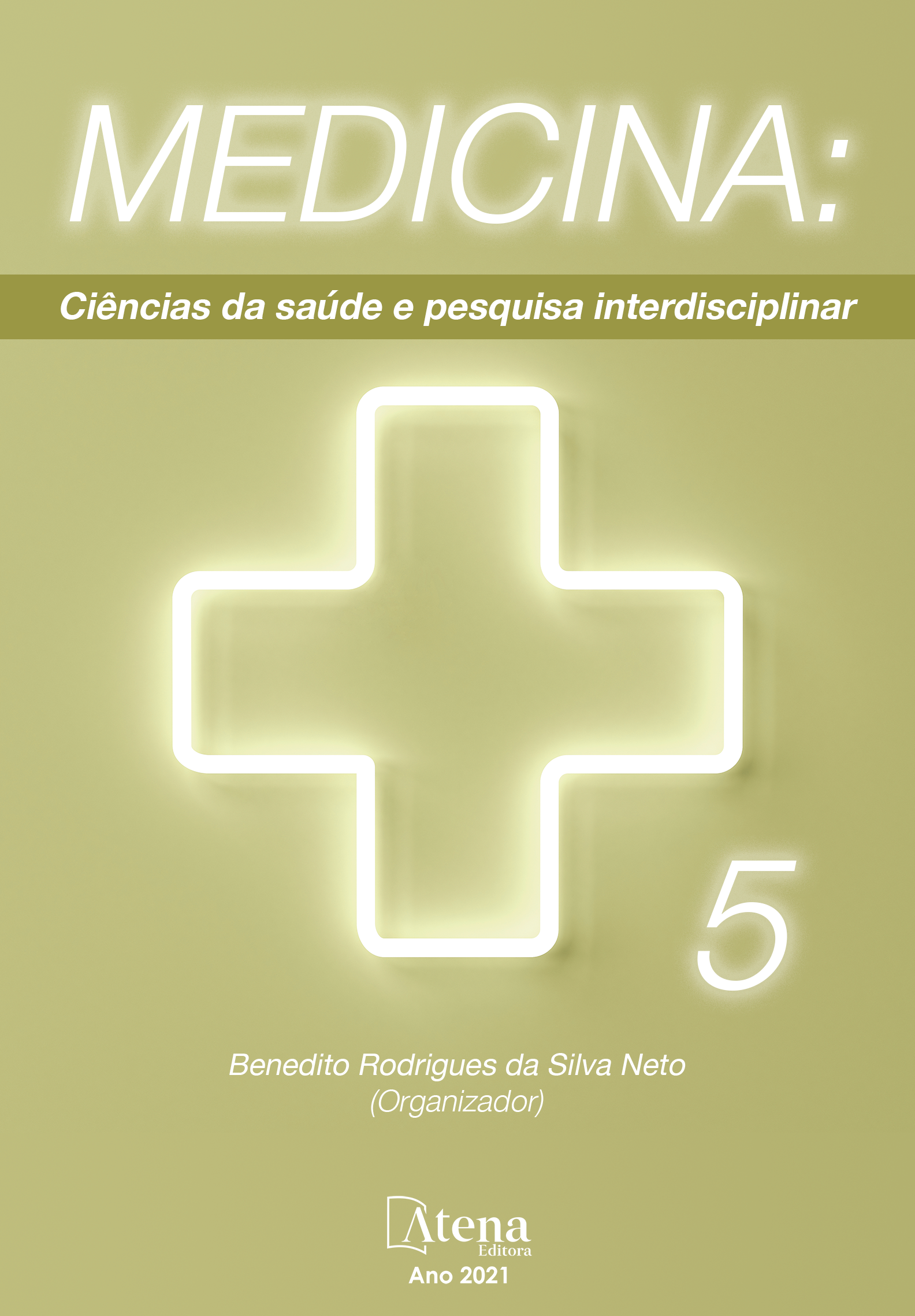
QUAIS SÃO OS POSSÍVEIS FATORES PROTETORES QUE PROTEGEM AS CRIANÇAS DE MANIFESTAR QUADROS SEVEROS DA SINDROME RESPIRATÓRIA AGUDA DO CORONAVÍRUS 2 – UMA REVISÃO LITERÁRIA.
A faixa etária que inclui crianças e jovens adultos é a mais preocupante em relação a sintomatologia de viroses respiratórias, que costumam expressar-se de forma mais grave no grupo em questão. Surpreendentemente, a Síndrome Aguda Respiratória do Coronavírus 2 (SARS-CoV-2) – responsável pela epidemia COVID-19 - é uma exceção à regra, já que as crianças manifestam sintomas leves ou são assintomáticas, justificando assim a importância de uma pesquisa sobre quais são os fatores que explicam essa diferença. Em função disso, o objetivo dessa revisão literária é apontar e discutir quais são os agentes que possivelmente resguardam a juventude de manifestar quadros severos após a infecção pelo SARS-CoV-2. Para que essa finalidade seja alcançada, foram realizadas revisões literárias que abordam o tema da doença COVID-19 na faixa etária juvenil, bem como fisiopatologia da doença, sintomatologia e hipóteses explicativas para os tais. Como resultado, a diferente reação do sistema imune jovem, as recorrentes e concorrentes infecções na infância, a elevada secreção de melatonina e a menor exposição às primeiras gerações do SARS-CoV-2 são os fatores considerados protetores contra a manifestação severa da COVID-19. Todavia, as reações cruzadas de anticorpos e células T e a microbiota são fatores que no início aparentaram efetuar alguma proteção, porém estudos aprofundados sobre seus mecanismos apontam certas dúvidas ainda em discussão. Além disso, a vacinação prévia e mais recente na infância do que nos adultos confere uma proteção temporária e breve, portanto, ainda está sendo encaixada na categoria de fatores possivelmente protetores. Destarte, as pesquisas sobre quais são os agentes protetores da faixa etária juvenil ainda são muito recentes e novas, conferindo certas dúvidas, portanto, necessidade de novos testes das hipóteses, ainda que tenham mostrado caráter protetor.
QUAIS SÃO OS POSSÍVEIS FATORES PROTETORES QUE PROTEGEM AS CRIANÇAS DE MANIFESTAR QUADROS SEVEROS DA SINDROME RESPIRATÓRIA AGUDA DO CORONAVÍRUS 2 – UMA REVISÃO LITERÁRIA.
-
DOI: 10.22533/at.ed.65521080916
-
Palavras-chave: COVID-19; Crianças; Fatores Protetores; SARS-CoV-2, Faixa Etária Juvenil.
-
Keywords: COVID-19; Children; Protective Factors; SARS-CoV-2, Youth Age Group.
-
Abstract:
The age group that includes children and young adults is the most worrying in relation to the symptomatology of respiratory viruses, which usually express themselves more severely in this group. Surprisingly, Severe Acute Respiratory Syndrome Coronavirus 2 (SARS-CoV-2) - responsible for the COVID-19 epidemic - is an exception to the rule, as children manifest mild symptoms or are asymptomatic, thus justifying the importance of research into what factors account for this difference. Therefore, the aim of this literature review is to point out and discuss which agents possibly protect youth from manifesting severe symptoms after infection with SARS-CoV-2. For this purpose, literature reviews were conducted that address the topic of COVID-19 disease in the youth age group, as well as disease pathophysiology, symptomatology, and explanatory hypotheses for such. As a result, the different reaction of the young immune system, recurrent and concurrent infections in childhood, high melatonin secretion, and lower exposure to early generations of SARS-CoV-2 are the factors considered protective against severe manifestation of COVID-19. However, cross-reactions of antibodies and T cells and the microbiota are factors that initially appeared to effect some protection, but in-depth studies of their mechanisms point to certain doubts that are still under discussion. In addition, earlier and more recent vaccination in childhood than in adults confers temporary and brief protection, so it is still being placed in the category of possible protective factors. Thus, research on which are the protective agents in the juvenile age group is still very recent and new, conferring certain doubts, therefore, need for further testing of the hypotheses, even if they have shown protective character.
-
Número de páginas: 9
- Ingrid Guedes de Oliveira


